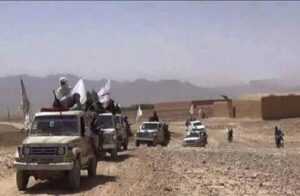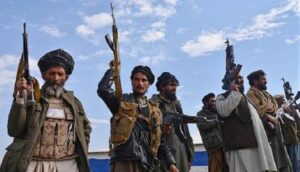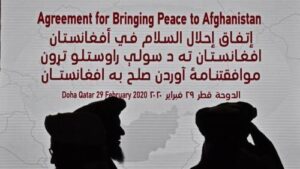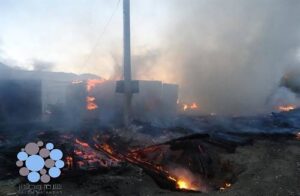ASHGABAT (SW): President Mohammad Ashraf Ghani together with the President of Turkmenistan and leaders from Pakistan and Indian laid the foundation stone of much-awaited TAPI gas pipeline project here on Sunday.
Named after the participating countries Turkmenistan, Afghanistan, Pakistan and India, the project would see the host country Turkmenistan supply 90 million standard cubic metres a day (mmscmd) gas for a 30-year period. India and Pakistan would get 38 mmscmd each, while the remaining 14 mmscmd will be supplied to Afghanistan.
The leaders pushed a button, which started the welding process of pipes. They later signed the pipe and also signed a document which was put in a capsule and placed under the ground.
Afghan President Ghani said the groundbreaking ceremony is a historic event as it has helped overcome history of doubts and scepticism. He also said the project will help reestablish ties as old as a million years which were “ruptured” following the advent of the Soviet Union.
Ghani said that against the backdrop of success of the Paris climate talks, the four nations will have a positive carbon footprint due to use of gas for energy production.
Besides the gas pipeline, the four countries will be connected by fibre optic cable, he said, adding that a power transmission line will also connect Turkmenistan, Afghanistan and Pakistan.
At the ceremony, Berdimuhamedow hoped that the project would get operationalised by December 2019. He said the project proves that Turkmenistan can carry such huge amount of gas to places where it is required.
Indian Vice President Hamid Ansari while terming the project as a “reflection of desire” to the old age legacy warned that all stakeholders have to work together with resolve to ensure that “negative forces inimical to the success of the project are addressed in an appropriate manner.
Pakistani Prime Minister Sharif said the TAPI project will prove to be a trailblazer and open doors for similar such projects to connect Central Asia with energy starved South Asia.
ENDS





